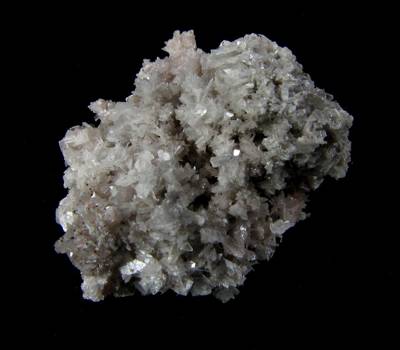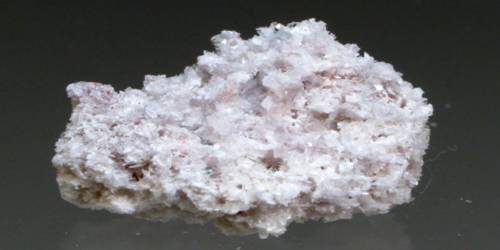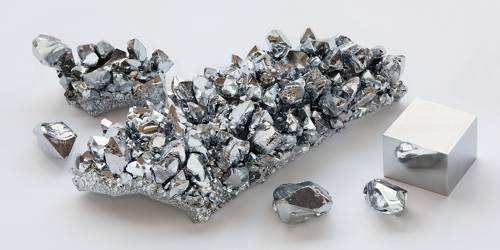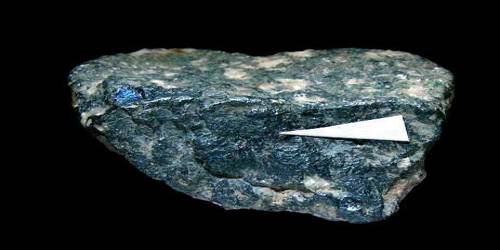Claudetite is an arsenic oxide mineral with chemical formula As2O3. It is a mineral consisting of a native arsenic trioxide As2O3 crystallizing in the monoclinic system. It was first described in 1868 for an occurrence in the San Domingo mines, Algarve, Portugal. It was first described by and named for the French chemist Frederick Claudet.
Claudetite is formed as an oxidation product of arsenic sulfides and is colorless or white. It can be associated with arsenolite (the cubic form of As2O3) as well as realgar (As4S4), orpiment (As2S3) and native sulfur.
General Information
- Category: Oxide minerals
- Formula: As2O3
- Crystal system: Monoclinic
- Crystal class: Prismatic (2/m) (same H-M symbol)

Properties
- Color: Colorless to white
- Crystal habit: Thin tabular crystals, fibrous crusts
- Fracture: Splintery
- Tenacity: Flexible
- Mohs scale hardness: 2.15
- Luster: Vitreous, pearly on cleavage surfaces
- Diaphaneity: Transparent
- Specific gravity: 4.14 – 4.15
Occurrence: A secondary oxidation product derived from realgar, arsenopyrite, or other arsenic-bearing minerals. Also produced as a sublimate during mine fires.
Association: Arsenolite, realgar, orpiment, sulfur.
Information Source:
















